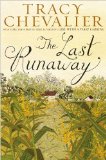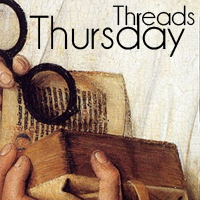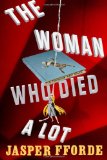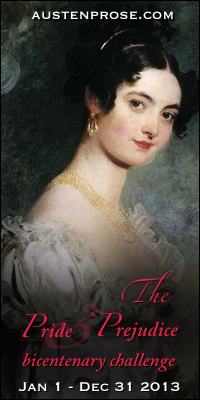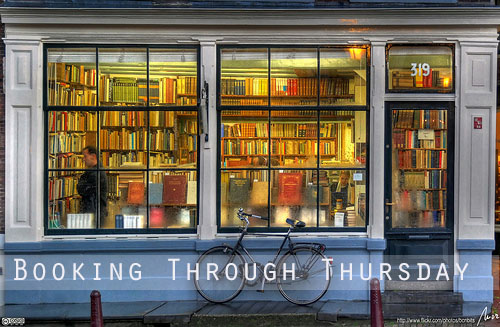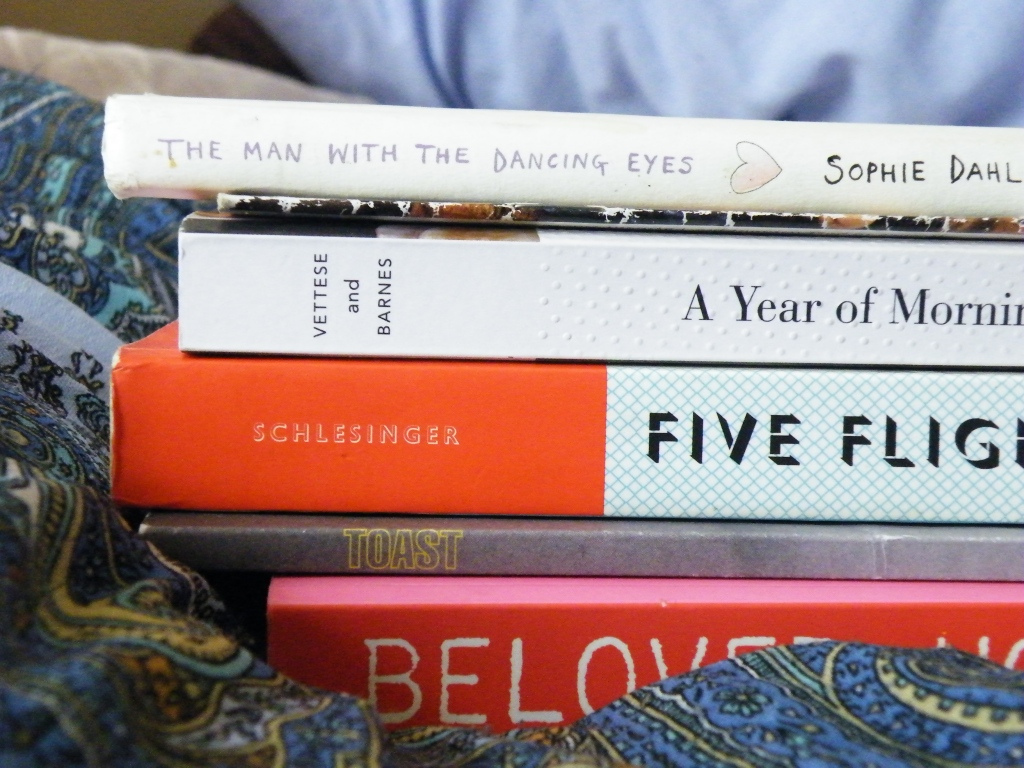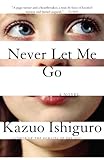 My book club students chose to read Kazuo Ishiguro’s novel Never Let Me Go, and we were supposed to be about 50 pages in by our meeting on Friday. Unfortunately, I didn’t have much time to devote to reading the book last week, and beyond checking the book out of my library via Overdrive, I had made no progress. I finished the book in a whirlwind over this long weekend.
My book club students chose to read Kazuo Ishiguro’s novel Never Let Me Go, and we were supposed to be about 50 pages in by our meeting on Friday. Unfortunately, I didn’t have much time to devote to reading the book last week, and beyond checking the book out of my library via Overdrive, I had made no progress. I finished the book in a whirlwind over this long weekend.
Never Let Me Go is the story of three students, Kathy, Ruth, and Tommy, who attend a mysterious boarding school in East Sussex called Hailsham. In this institution, students are taught to create art, and an enigmatic woman the children know only as Madame comes to collect choice objects for her gallery, a great honor all the students strive to achieve. Tommy, upset he is unable to create quality art and will likely never have anything chosen for the gallery, is prone to angry rages and becomes the target of bullies. Kathy reaches out to him, and they become friends. Over time, Ruth and Tommy enter into a relationship, and the students finally come to accept a horrible truth about their existence—a truth that they have been “told and not told,” and that none of them “really understand,” according to one of their guardians, Miss Lucy. For the rest of the novel, Kathy reflects on this awful truth, never quite allowing herself to dream of a different life, until she eventually prepares to serve the purpose for which she and all her friends were created.
One of the reasons I like dystopian novels is that I think they show us as we might become if we entertain some of our darker impulses. This novel certainly reminded me of Aldous Huxley’s Brave New World, but in many ways, I found it more poignant because it gave voice to a minority that Huxley’s novel lacked.
Spoiler follows, so skip if you do not wish to have the novel’s premise ruined before you read it. Highlight the text to see it.
Begin spoiler ->How would it feel to know you had been raised only as an organ farm, to have your organs harvested to cure others? To be completely stripped of your humanity because you were a clone, but to know that you were human in spite of it all? You were curious about your “possible,” the person from whom you’d been cloned. You could feel love, anger, happiness. You had a life of memories. But “normals” recoiled from you and pretended you didn’t exist because, as the children’s former headmistress says, “How can you ask a world that has come to regard cancer as curable, how can you ask such a world to put away that cure, to go back to the dark days?”
One of the questions I had as I read was why Kathy did not try to run away from her fate. Perhaps there was no point, but I wanted her to try. However, all of the clones seem to accept that there is no way out of becoming an organ donor and eventually “completing.” I wondered if this was a result of nature or nurture, but all the clones we meet in the novel seemed to feel it was an inevitable fate. Why, though? Clones clearly passed for “normals.” The fact that Ishiguro leaves this avenue unexplored makes this novel even sadder—the quiet acceptance, or “going gentle into that good night,” the lack of fight, all of this resignation adds this sort of layer of martyrdom for the characters. In a way, it is a more interesting choice than the typical one—most writers of dystopian fiction choose to have their characters fight the machine. <- End spoiler
I was engrossed in the novel; once I started it, I could barely put it down, which was something one of the girls in Book Club told me she felt as well. This novel goes beyond the ethical issues it raises to ask us to consider the humanity of every person we may previously have dismissed, as the characters in the novel say, as “trash.”
Rating:




Full disclosure: I checked this book out from my library system and read it via Overdrive.

